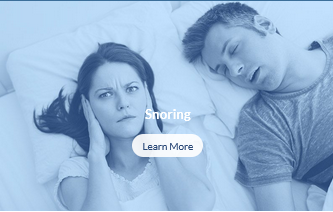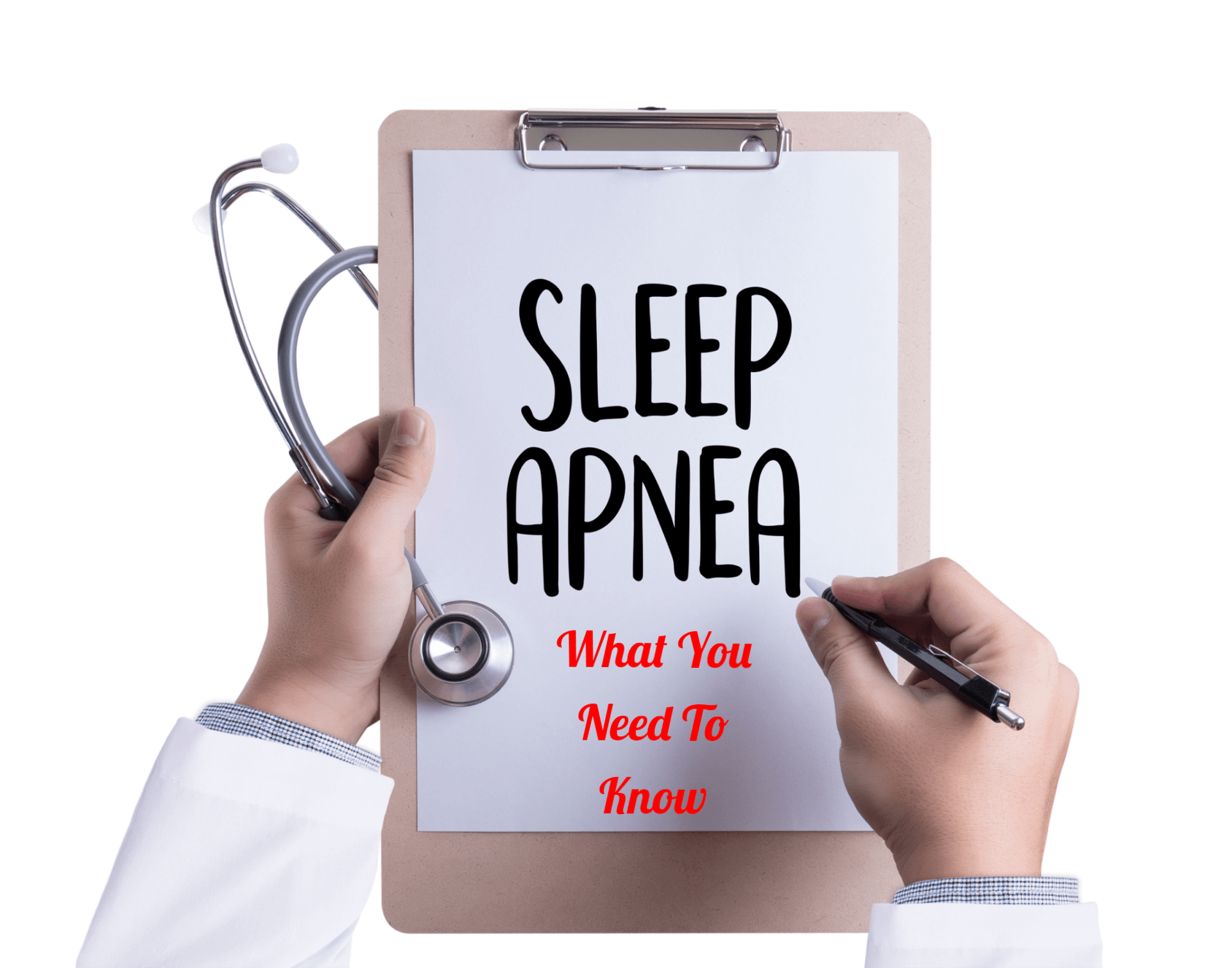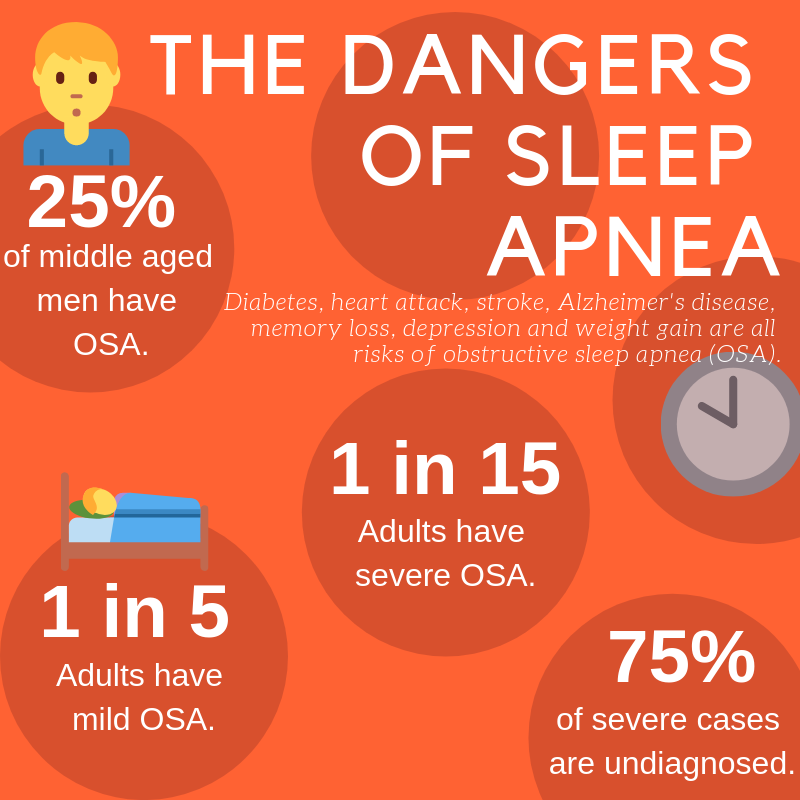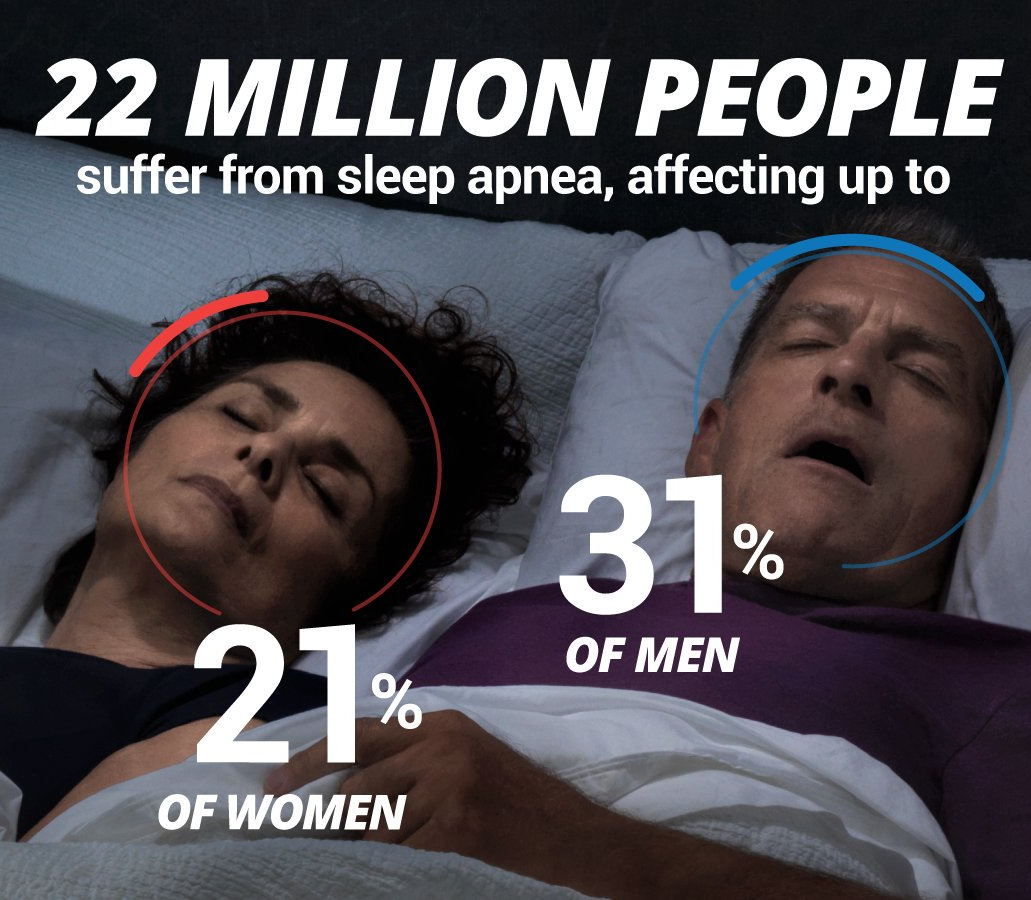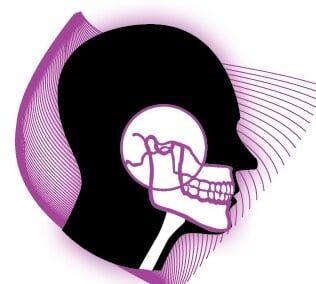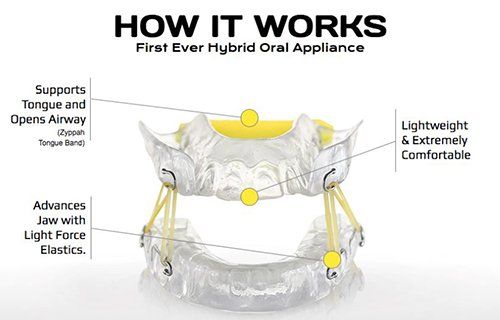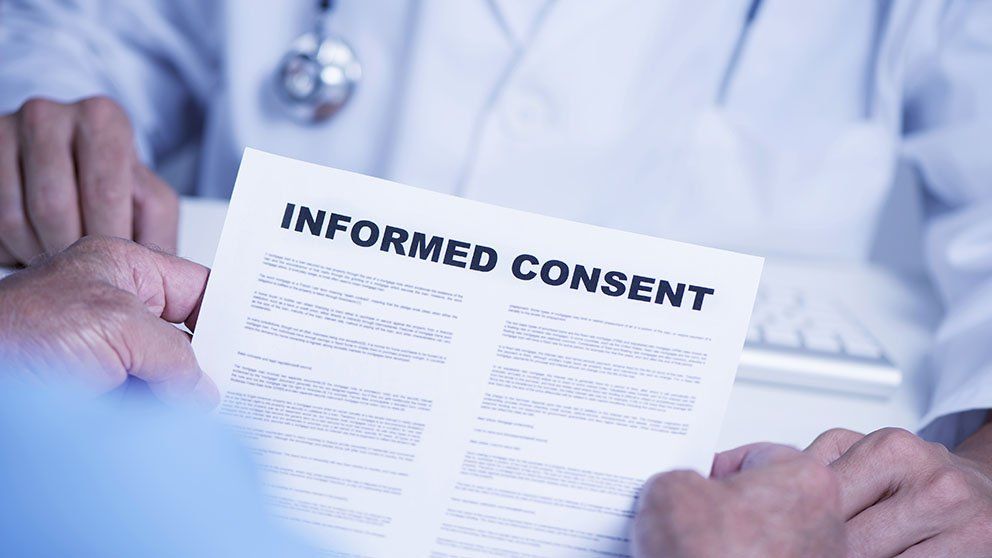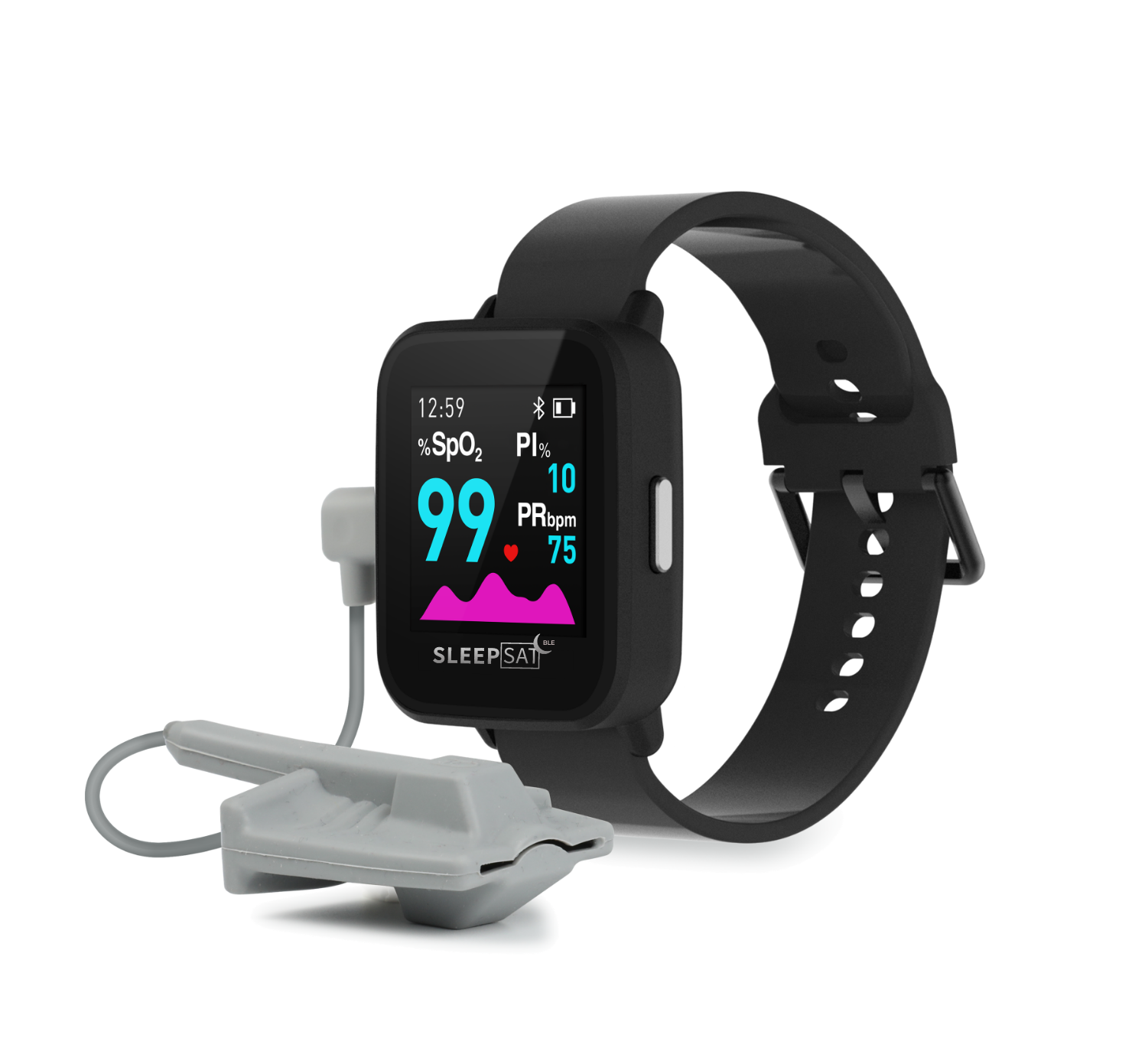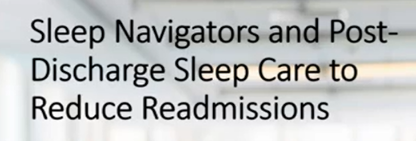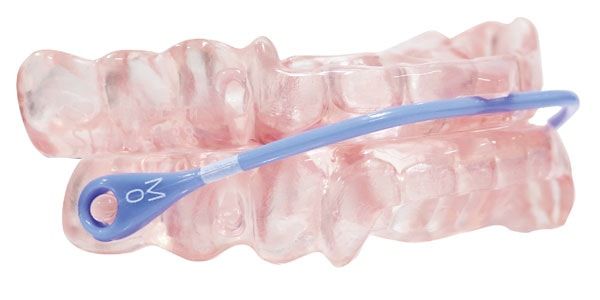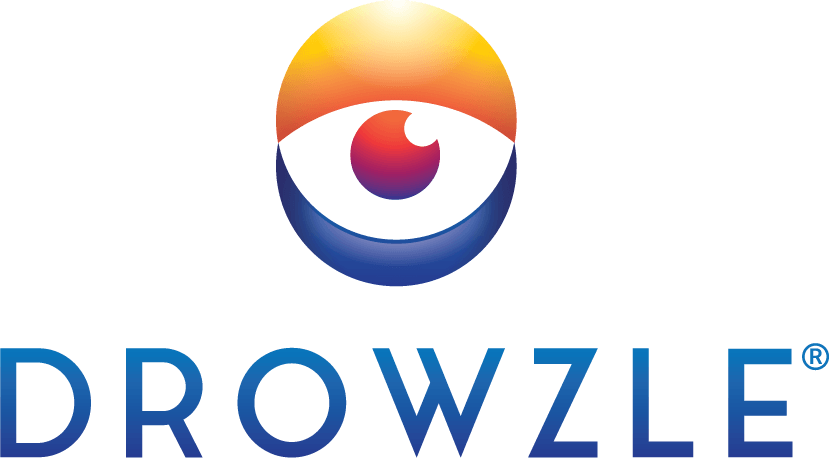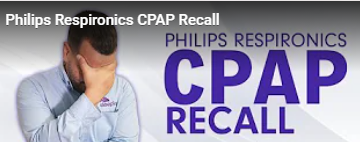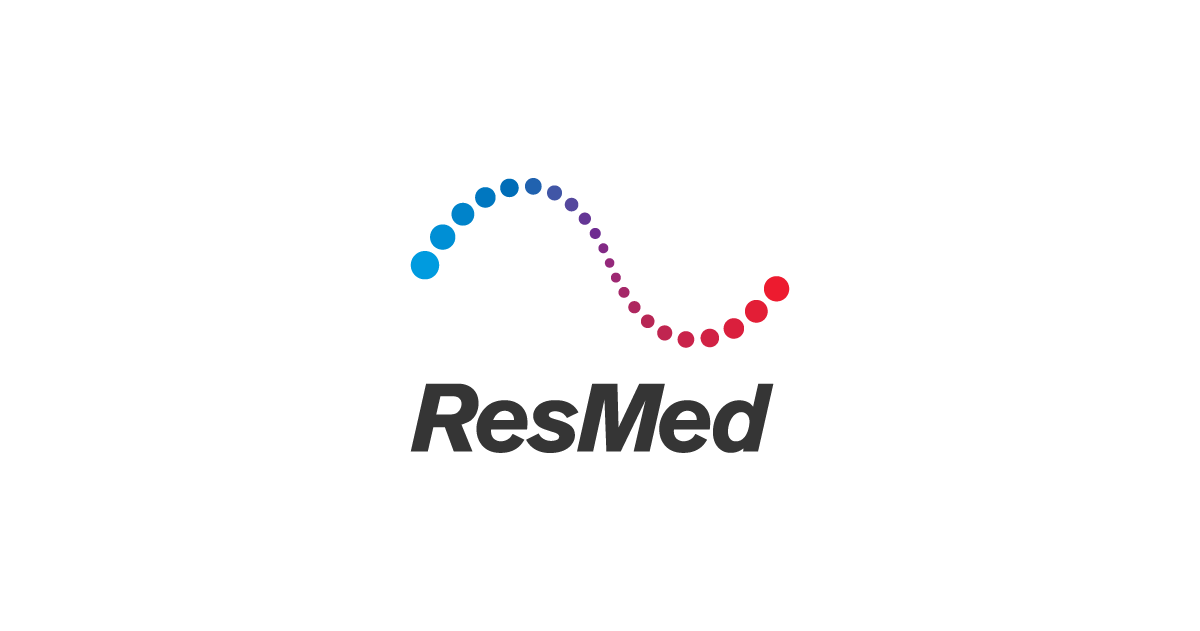Hybrid Oral Appliance Therapy Advances Sleep Apnea Treatment
Dr. Jonathan Greenburg, DDS Snoring and Sleep Apnea Expert January 28, 2014 Hybrid Oral Appliances represent the latest advancement in treating patients who cannot tolerate a CPAP machine or have mild to moderate Sleep Apnea. Unlike their predecessors that only advance Read More...
Dr. Jonathan Greenburg, DDS
Snoring and Sleep Apnea Expert
January 28, 2014
Hybrid Oral Appliances represent the latest advancement in treating patients who cannot tolerate a CPAP machine or have mild to moderate Sleep Apnea. Unlike their predecessors that only advance the jaw, Hybrid Oral Appliances combine mandibular advancement with advanced technology to open the airway by stabilizing the tongue.
While countless patients have had success with Hybrid Oral Appliance therapy, the most important step anyone can take is to get tested for Sleep Apnea. Perhaps you don’t tell your partner about their snoring or you even sleep alone because you’re embarrassed about your own snoring but make no mistake, Second Hand Snoring impacts the entire family and untreated Sleep Apnea is life threatening.
Did you know that it has been estimated that between 30-50% of Americans snore at one time or another? Now, let’s be clear, snoring does not automatically mean you have Sleep Apnea, but generally speaking, there may be a connection, something worth checking out. Snoring can be caused by a variety of factors, not the least of which is being overweight (With America’s ever-expanding waistline, there is definitely a link here.) and Second Hand Snoring is a very real phenomenon we discovered by treating thousands of patients and learning that one snorer regularly impacts the quality of sleep for those nearby. Like second hand smoke, Second Hand Snoring is a very real concern for snorers and the people that live with them.
Obstructive Sleep Apnea (OSA) is a sleep-related breathing disorder that causes a person to temporarily stop breathing while they’re sleeping. “It occurs when the muscles relax during sleep, causing soft tissue in the back of the throat to collapse and block the upper airway. This leads to pauses in breathing that last at least 10 seconds during sleep. Most pauses last between 10 and 30 seconds, but some may persist for one minute or longer.” (American Academy of Sleep Medicine)
Sleep Apnea can affect anyone at any time. And about 80 percent to 90 percent of adults with OSA remain undiagnosed. Do you see now why it’s important to warn loved ones if they’re snorers? Is snoring is a nuisance? Yes. Can it ruin your love life? Maybe. Does it drive families crazy? Yes. But it also may be a sign of something more serious. While the total number of deaths due to or thought to be related to Sleep Apnea are hard to come by, research cited by the American Academy of Sleep Medicine suggests that left untreated, Sleep Apnea can lead to:
- Cancer, an increase in risk more than 4 times
- Increased risk of stroke
- High Blood Pressure
- Higher rate of death due to heart disease
- Heart Attacks
- Diabetes due to impaired glucose tolerance and insulin resistance
- Impaired concentration
- Falling asleep at work or behind the wheel of your car
- Mood changes
- Gastric Reflux (GERD)
- Increased risk of being involved in a deadly motor vehicle accident
- Weight gain and the inability to lose weight
